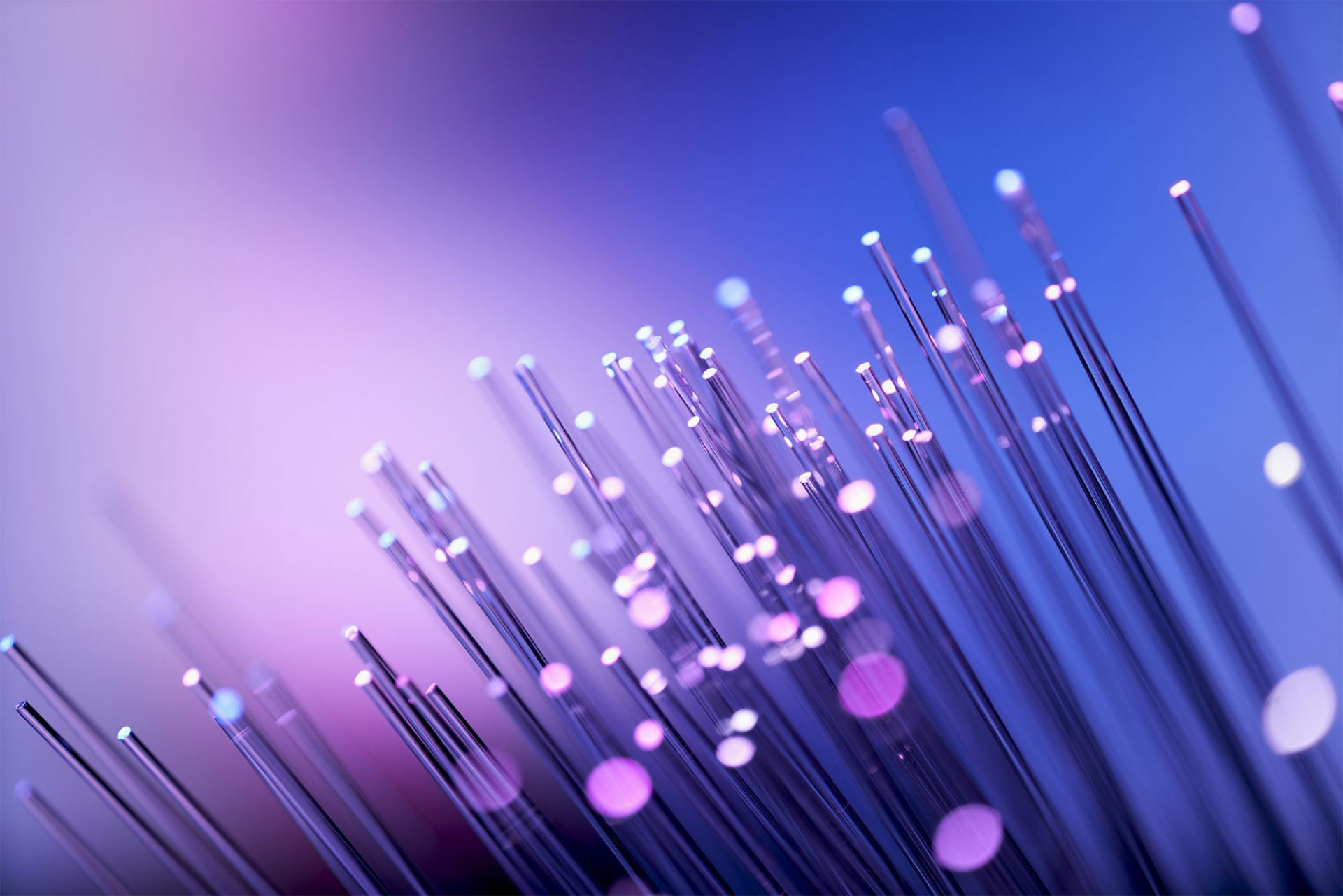Years ago, society dreamt of a future filled with flying cars and advanced technologies straight out of science fiction. Today, many of those visions are becoming a reality.
However, amidst the imminent arrival of flying cars, there’s another technological leap that has the potential to revolutionize society: Web3.
Web3, the latest iteration of the internet, has been the subject of much discussion lately. While a precise definition is still being refined, at its core, Web3 is a decentralized online network built on the blockchain. Unlike traditional platforms, Web3 operates without the control of central authorities or corporations that collect and monetize user data. Users can engage on Web3 platforms without sacrificing their data, thanks to complete transparency and trust embedded in the blockchain.
To grasp the significance of Web3, it’s essential to look back at its predecessors. Web1, the original version of the World Wide Web that emerged in the 90s, was a primitive form of the internet. Slow-loading landing pages and limited user experiences characterized this era. Users were mostly limited to reading text and viewing static images.
Web2 followed, marking a significant shift towards interactivity and dynamic content. Social media platforms, e-commerce websites, and interactive applications became mainstream, shaping the internet landscape as we know it today.
Now, Web3 is on the horizon, promising an even more decentralized, transparent, and user-centric internet experience. As we continue to witness the evolution of technology, Web3 holds the potential to reshape society and redefine how we interact with the digital world.


